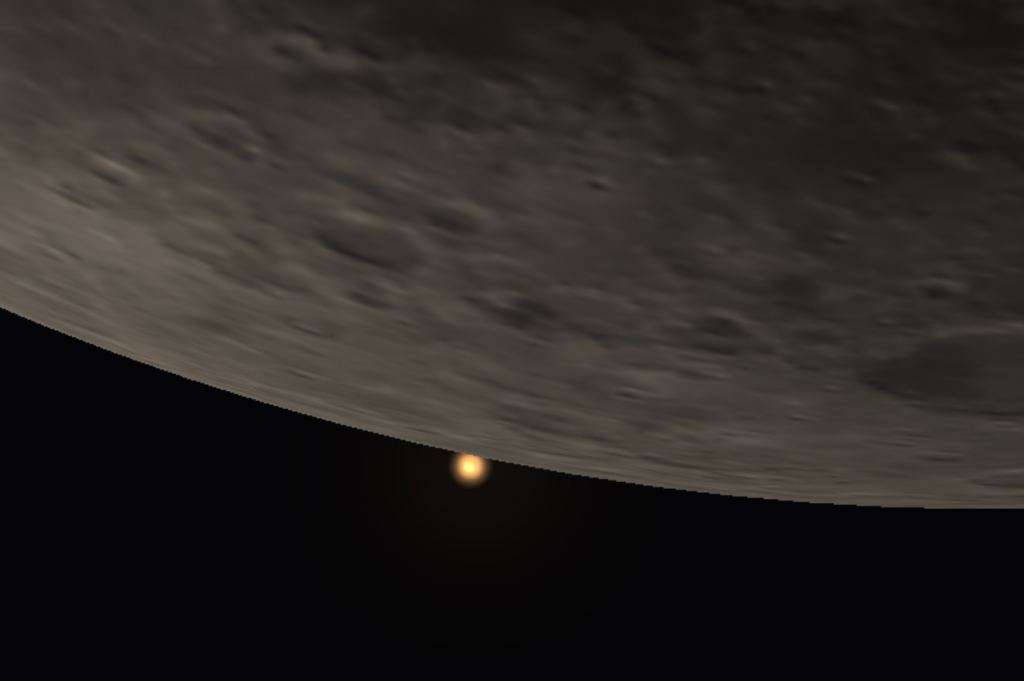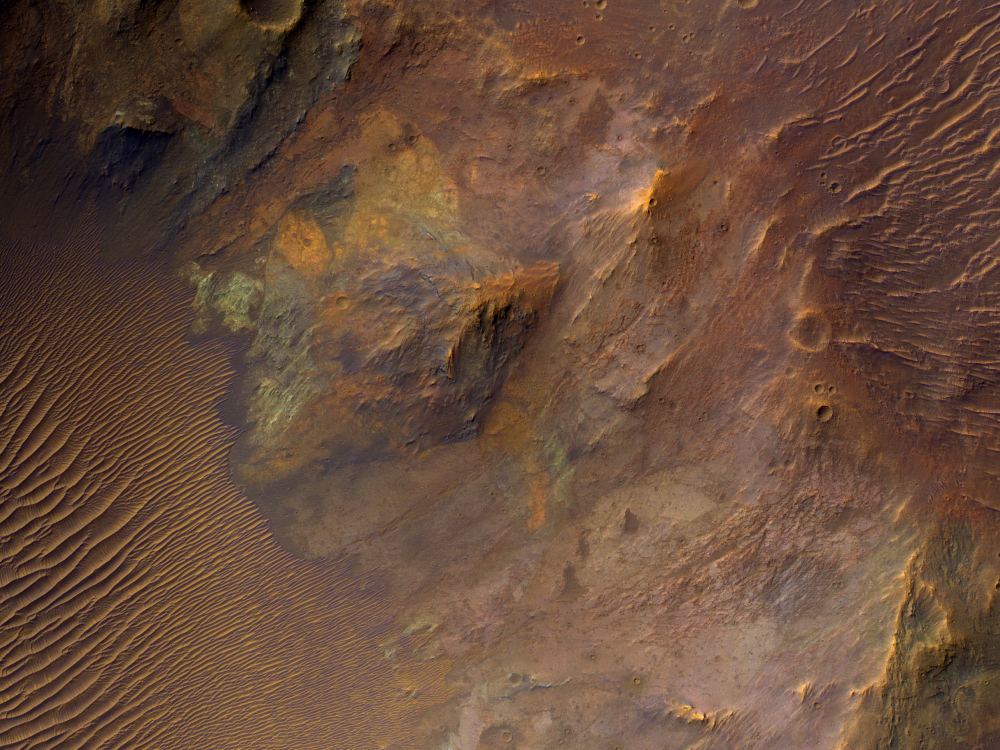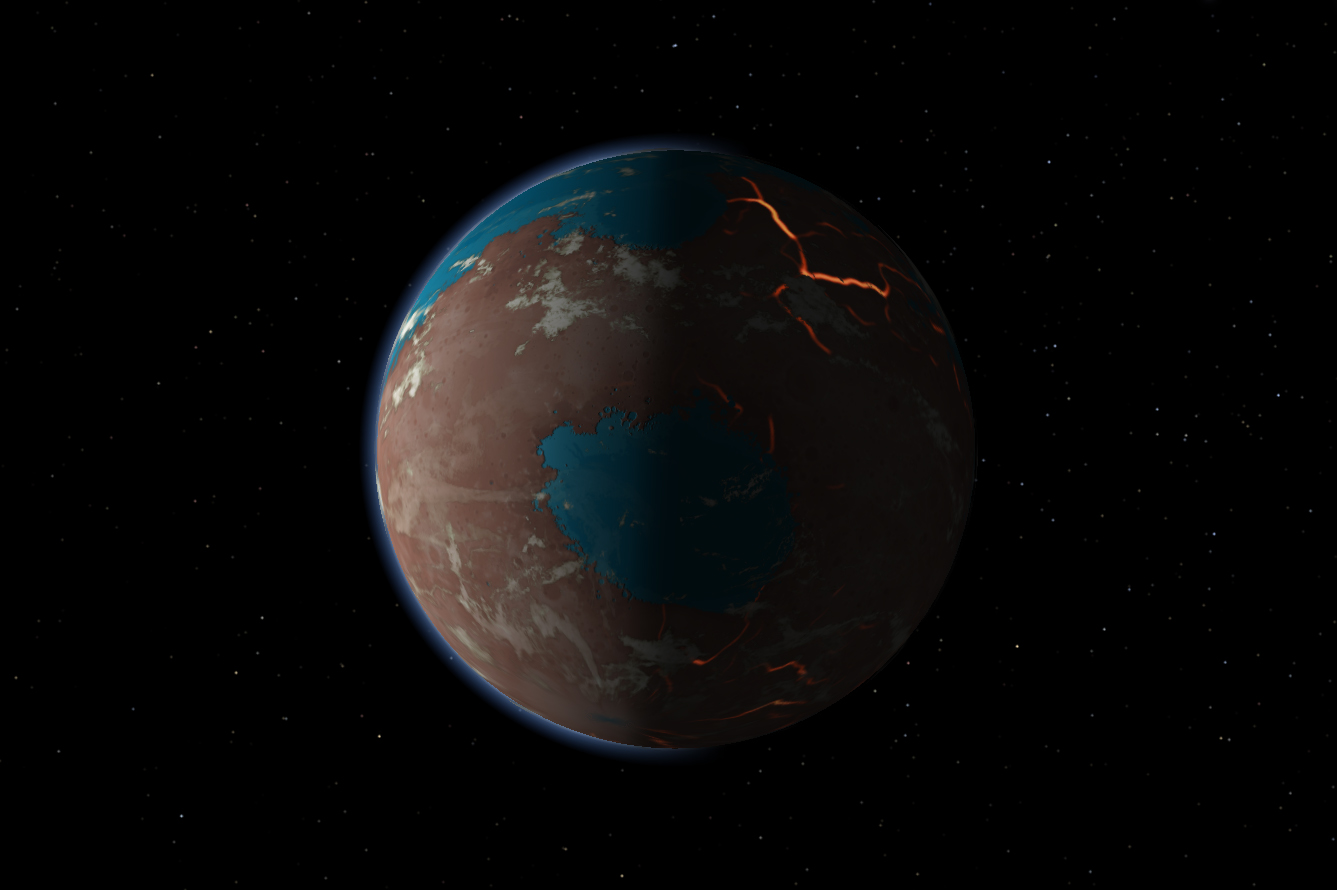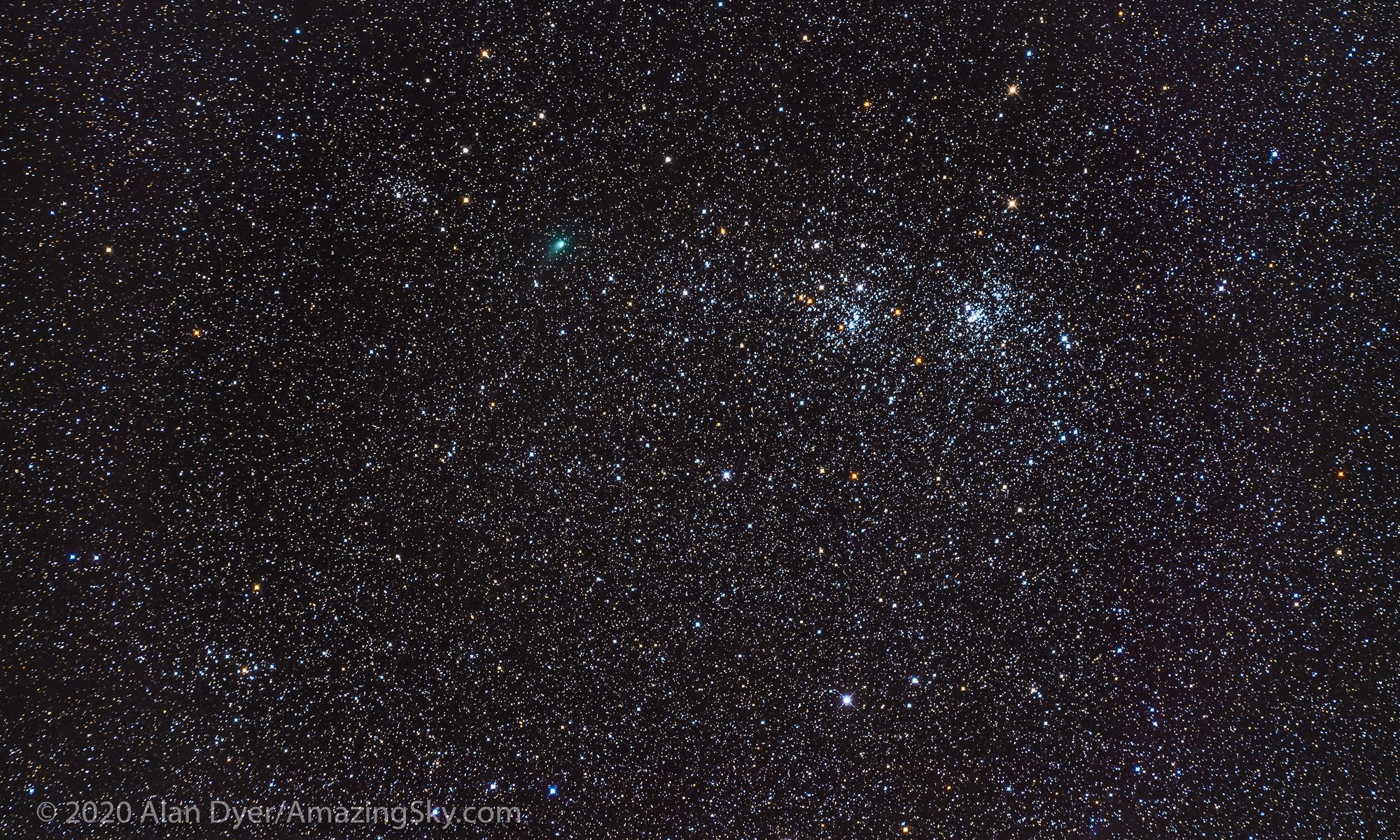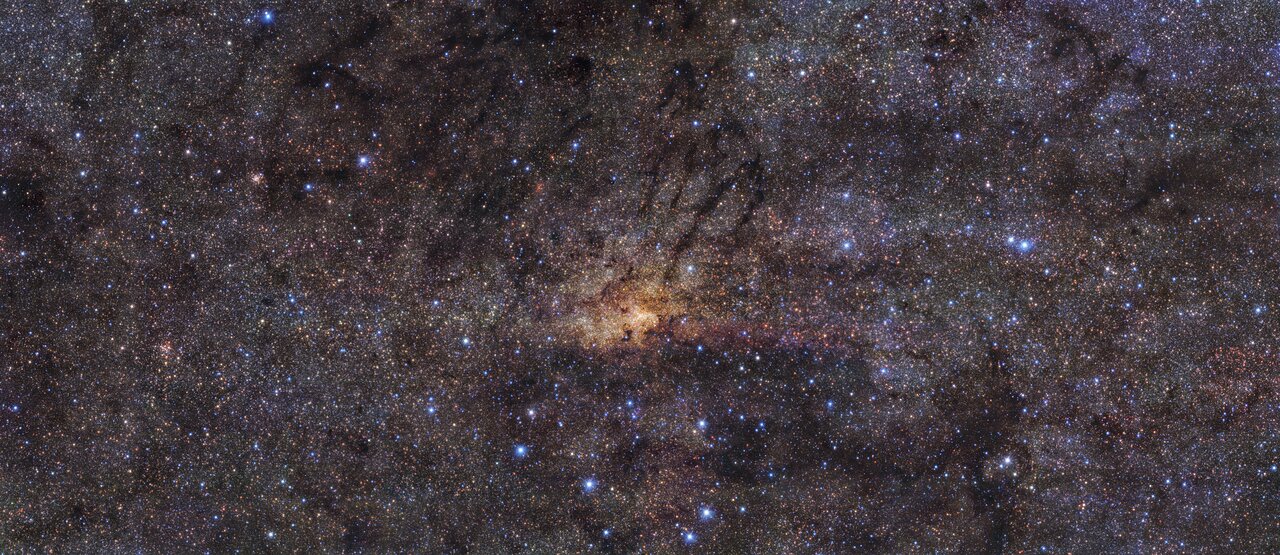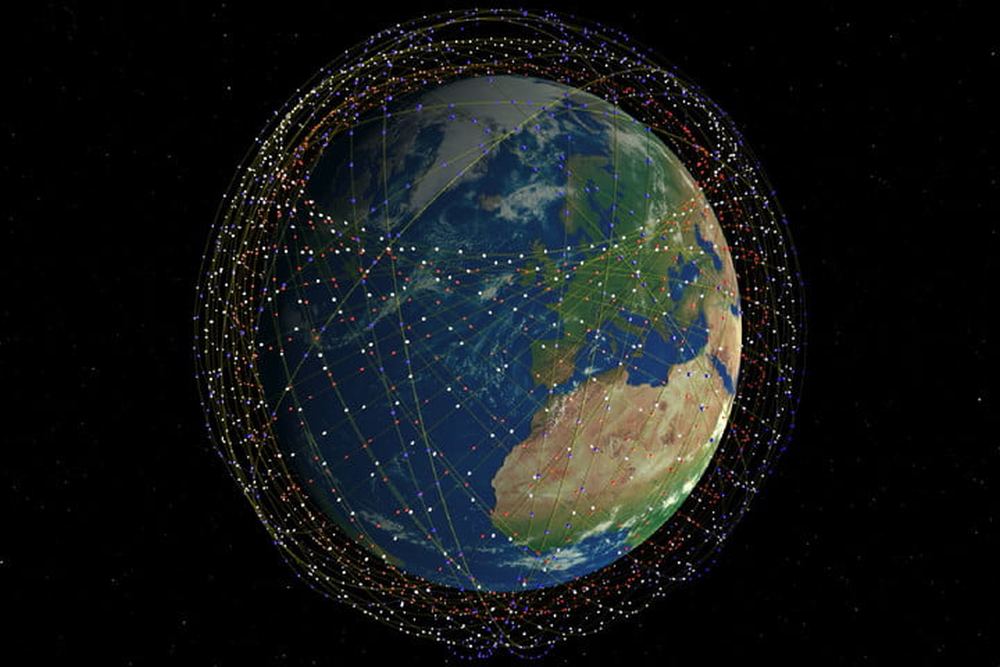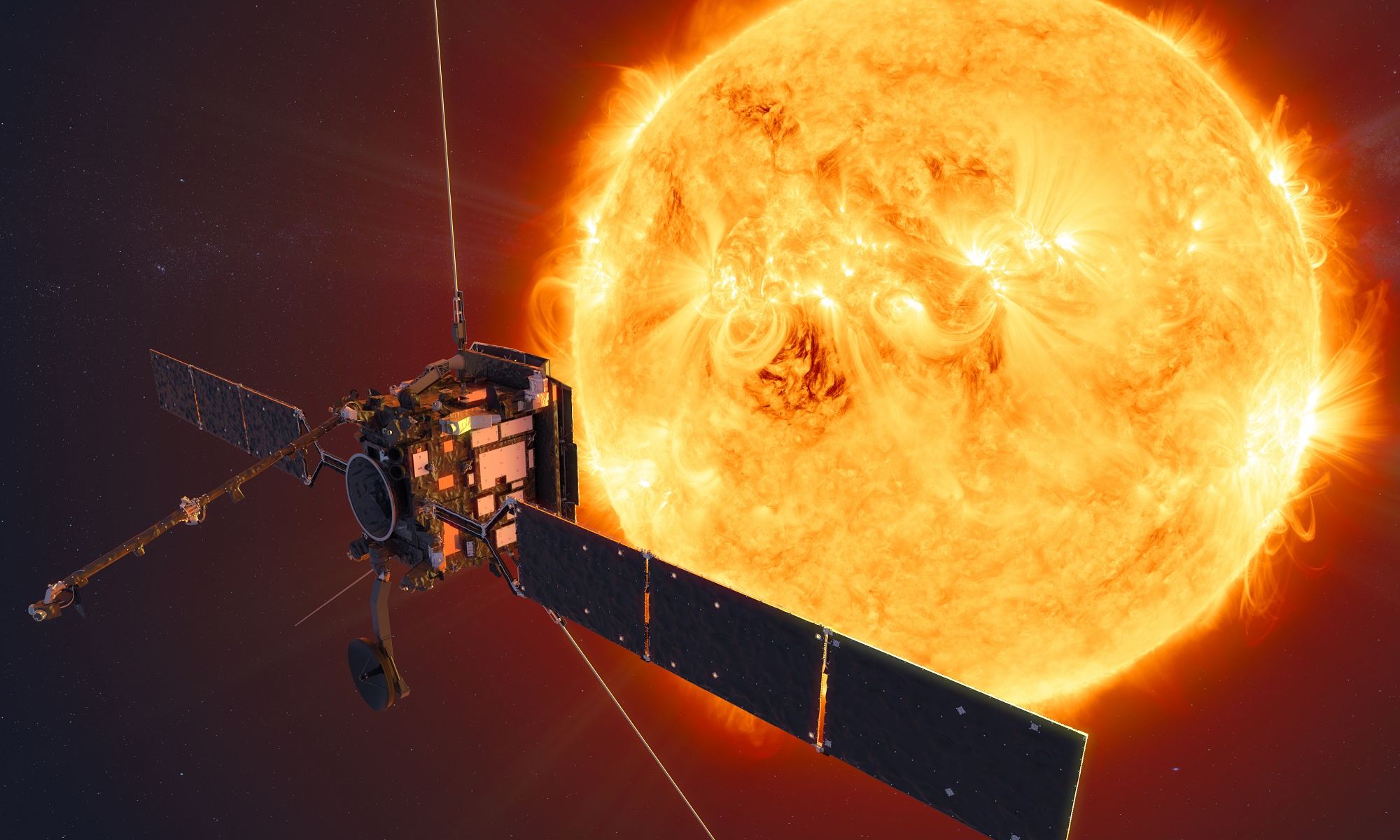In May of 2019, SpaceX launched the first batch of satellites that will make up its Starlink constellation, thus delivering on Musk’s promise to provide broadband internet access to the whole world. Since then, the company has conducted several launches of upgraded satellites with the intent of creating a constellation of 1,584 by 2024 and 2,200 by 2027.
According to the latest statements made by Gwynne Shotwell, SpaceX’s President and Chief Operations Officer (COO), the company is considering spinning off Starlink and making it a publicly-traded company in the coming years. The announcement was made on Thursday, Feb. 6th, at a private investor event hosted by JPMorgan Chase & Co. in Miami.
Continue reading “SpaceX is Thinking of Spinning Off Starlink and Taking it Public”
